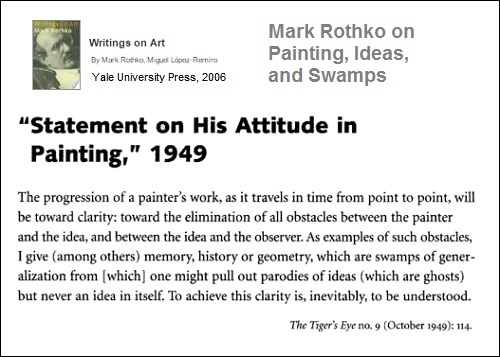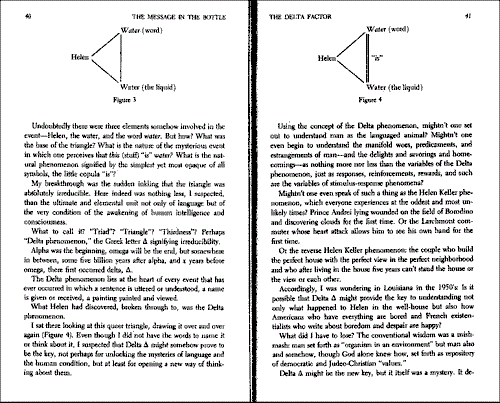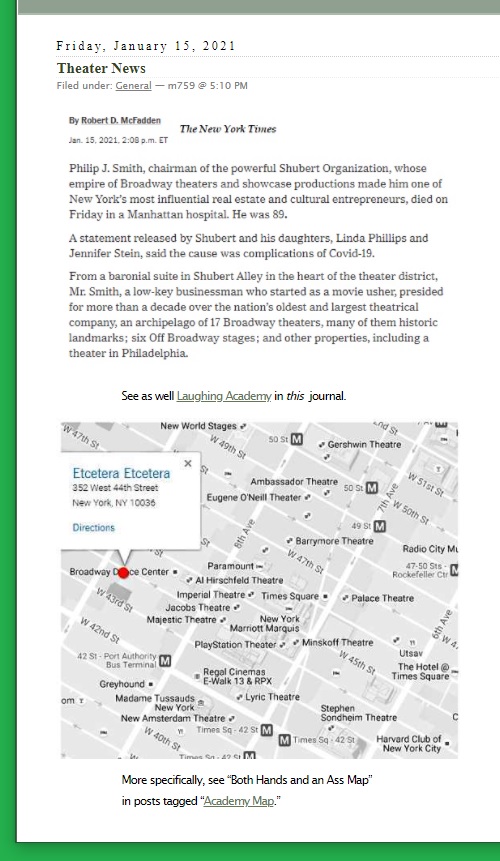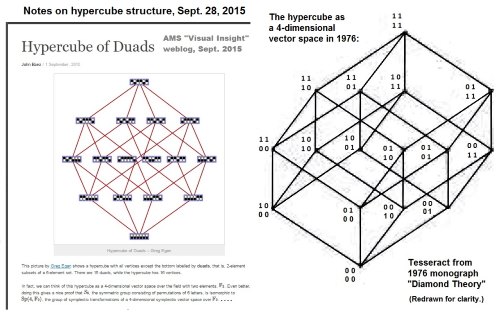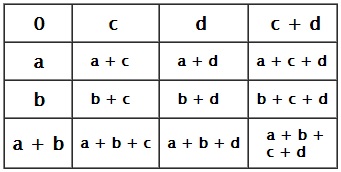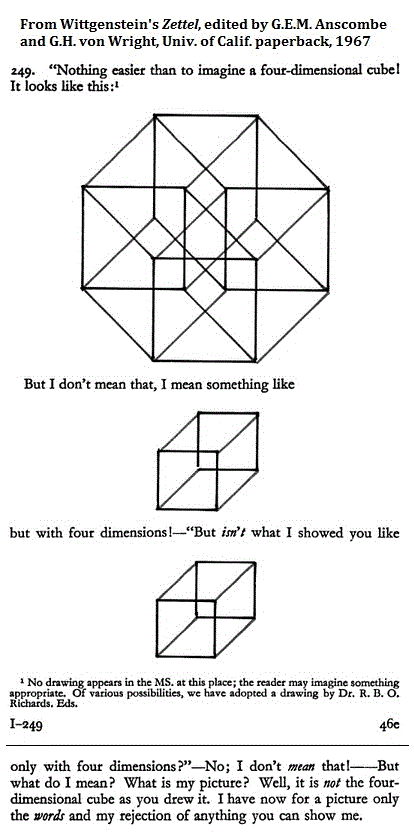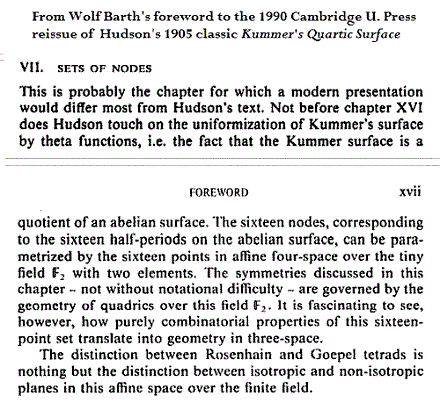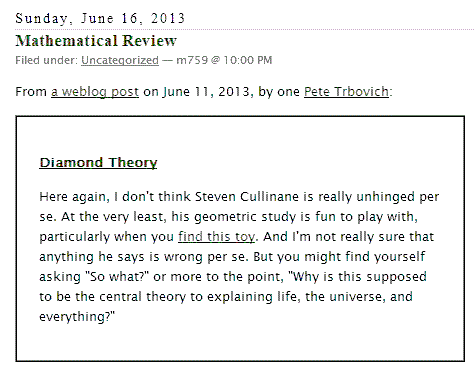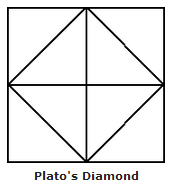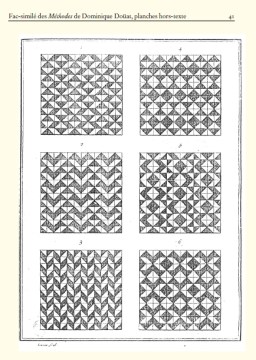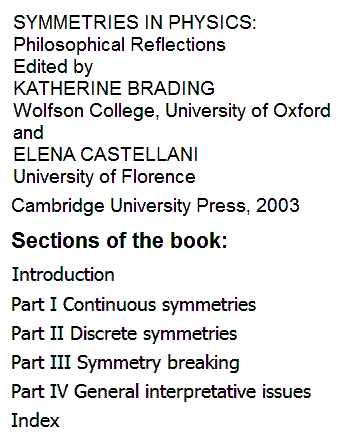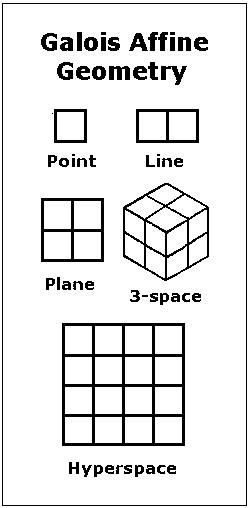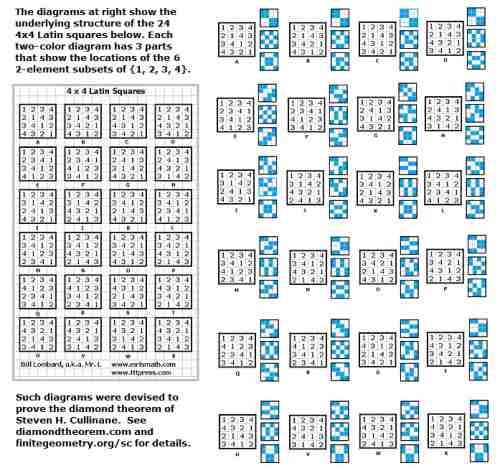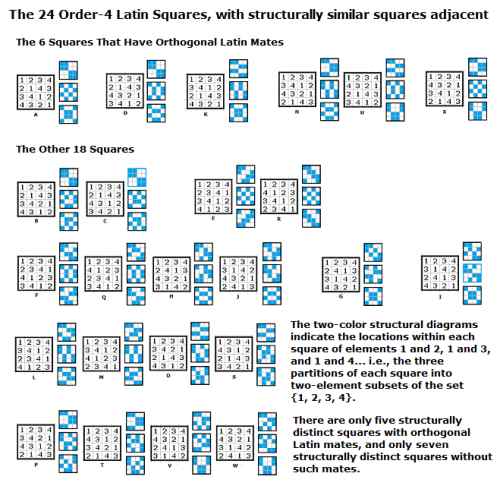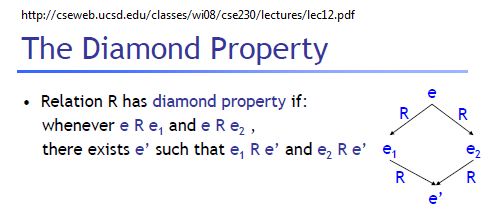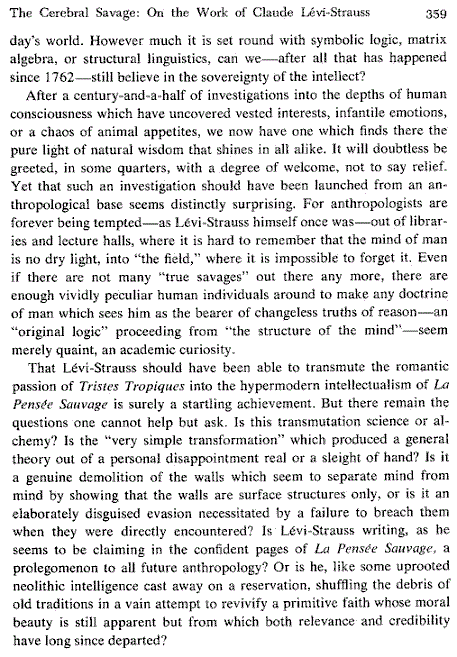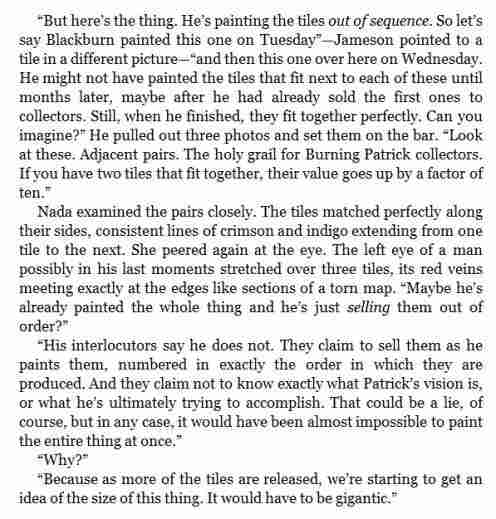The website PopAi.pro uses GPT-4 to summarize documents from the Web.
Input at PopAi on May 2, 2024:
The URL "http://www.log24.com/log/Diamond_Theory-1976-pp-1-12.pdf"
Output at PopAi, after a quick reading and analysis by GPT-4:
|
Diamond_Theory-1976-pp-1-12.pdf 12 Pages The document appears to be an excerpt from a preprint titled "Diamond Theory" by Steven H. Cullinane, dated 1976. The text discusses theoretical aspects of matrices composed of geometric figures, focusing on properties related to symmetry, permutations, and abstract structure. Main Concepts and Definitions: The author introduces the concept of a "geometric matrix," a matrix whose elements are geometric figures, specifically triangular subsets of a square. He defines a "diamond" as a foursquare matrix with triangular elements. The text details the remarkable properties of a diamond-like matrix D, including its symmetrical behavior under various permutations of elements, rows, columns, and sub-squares. Additionally, the text addresses the algebraic properties of matrices by relating their elements to those of a finite field. Theoretical Properties and Theorems: Several key theorems are proposed, demonstrating the structural properties of matrices. One fundamental theorem states that any matrix from a set F can be expressed as a linear combination of block matrices. Other theorems delve into the regularity of matrices, defining a matrix as "regular" if it remains unchanged or converts to its complement under certain flips and rotations. The text also describes the process of forming a "normal" matrix and the conditions under which matrices can be considered plaid or normal based on the behavior of their block maps and regularities. Applications and Miscellaneous Problems: The author reflects on the discovery of these properties during the process of creating an abstract painting and extends the exploration to include various types of matrices such as cyclic, quadratic, and skew foursquares. The document concludes with miscellaneous problems and an addendum on generalized matrix multiplication, suggesting further research directions and applications of the theory presented. In summary, "Diamond Theory" presents an intricate analysis of the structural and algebraic properties of matrices composed of geometric shapes, with implications for other mathematical domains. The work is a blend of geometry and abstract algebra, providing a foundation for understanding the symmetry and transformations of matrices with an artistic origin. Some questions you may ask: What properties of the diamond-like matrix D did the author discover in 1975? What is the relationship between the properties of D and the four group according to the document? How does the document define a 'good set' of four black and white geometric figures? What theorem is used to explain the behavior of superimposing two members of Mn(F) according to the document? |





